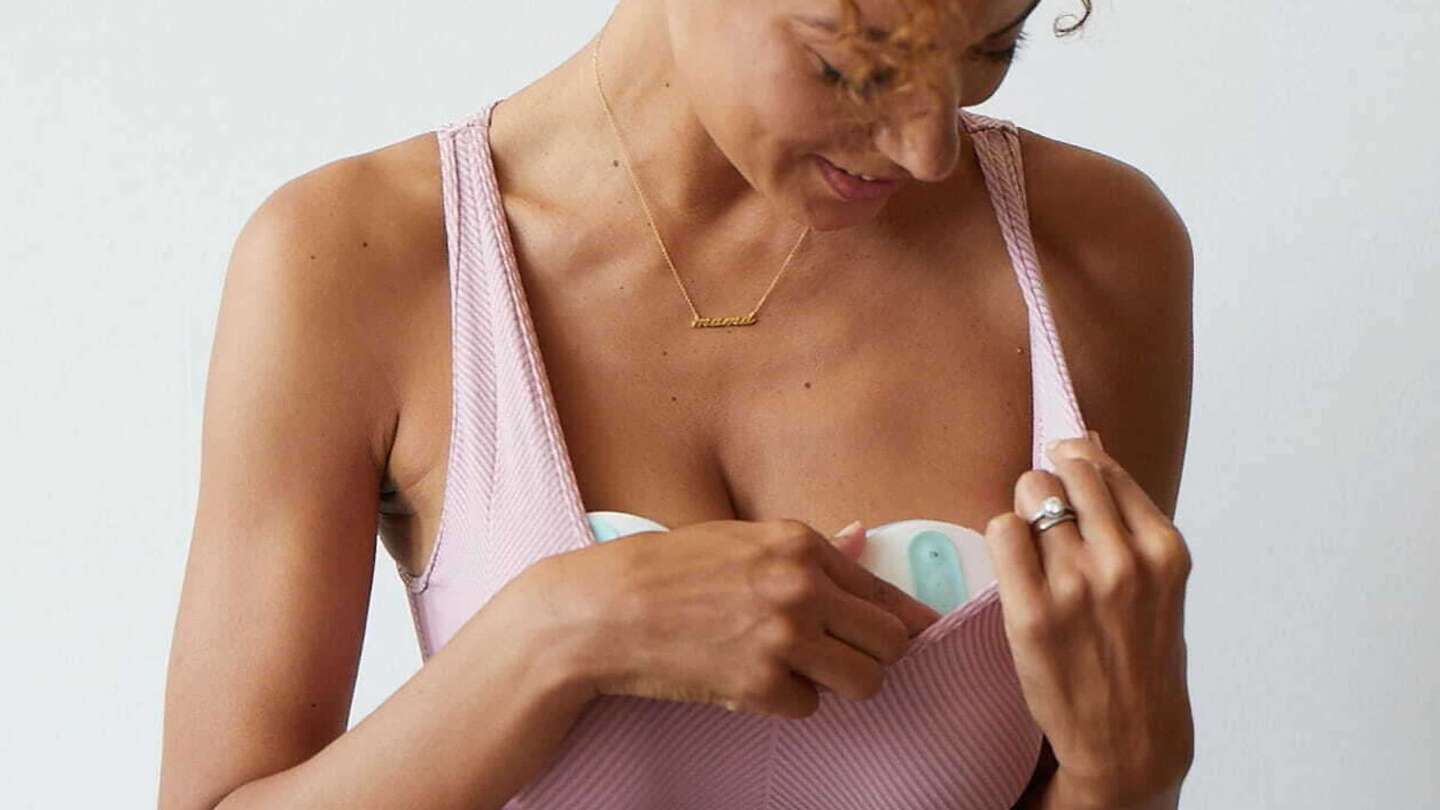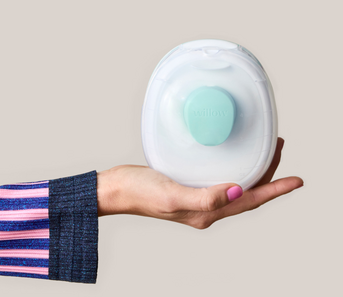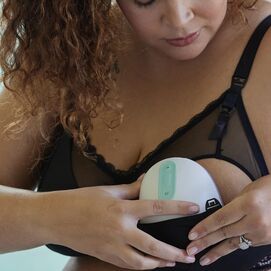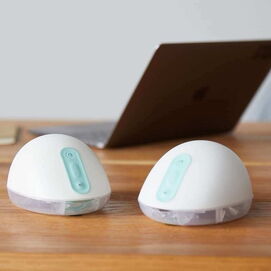Using a breast pump often requires adjustments, but it shouldn’t cause prolonged pain. Although you may notice discomfort, as your breasts and nipples adjust to the stimulation and pressure of pumping, persistent pain can be a sign that something is off. Here’s what you need to know about painful pumping and what you can do to relieve your discomfort.
What it is
When using a breast pump, you may notice a painful—and even intolerable—sensation around your nipples that feels like pinching or tugging. This is the result of the pump attempting to suction onto your nipple and breast and express milk from it, and this discomfort isn’t something you should suffer through. You’ll need to make some adjustments.
When it can occur
Painful pumping can occur at any time during your pumping journey, but it’s especially prevalent when you’re just figuring out how to use your pump and determining whether certain accessories, especially flanges, fit well. It’s also common to experience when your breasts are engorged.
What causes it
Pumping should be relatively painless. If it’s not, you should check the flange size and suction strength. If you’re using a flange that doesn’t properly fit, your nipple may feel like it’s being pulled, pinched, or squeezed against the sides of the flange rather than in a forward direction. You may also notice that you’re not expressing the usual amount of milk. Because your nipples can change in size and shape during the first several postpartum weeks, it’s also possible that the flange you’ve been comfortably using no longer fits.
The Perfect Fit Bundle
The Perfect Fit Bundle
Need extra sizing support? Get a set of four inserts (they help create a more snug flange fit), access to a Sizing Specialist for 1:1 guidance, and more.
What to do
Painful pumping can often be remedied. Here are a few tips:
- Check your flange size: When you’re using the right-size flange (for the Go or 3.0 pump) or the appropriate insert, you’ll feel more comfortable and get more milk when pumping. If you notice that your nipples are shifting to the sides of the flange, you may need a smaller size. Check our sizing guide.
- Check the pressure: If your suction is too high, it can pull too much of the breast into the funnel and compress your milk ducts. This can cause pain around your areola, lead to poor milk drainage, and possibly reduce your supply. (If you’re having any other issues that are challenging your ability to comfortably express milk when pumping, consult a lactation consultant for a fitting evaluation.)
- Wear the right bra: Your pumping bra should keep the pump snug and secure, pressed uniformly against your breast. If it feels like it can move in your bra, tighten your bra straps, or try a different bra. The pump should be supported at the top and bottom by a full-coverage bra.
- Try nipple balm: Consider adding a little nipple balm before pumping, for added comfort.
- Try heat and vibration: A warming massager can relieve your symptoms.
When to get help
If you try these tips and are still having problems, seek help from a lactation consultant, midwife, or postpartum doula to ensure that you have the right flange fit and help you reduce your pain.














